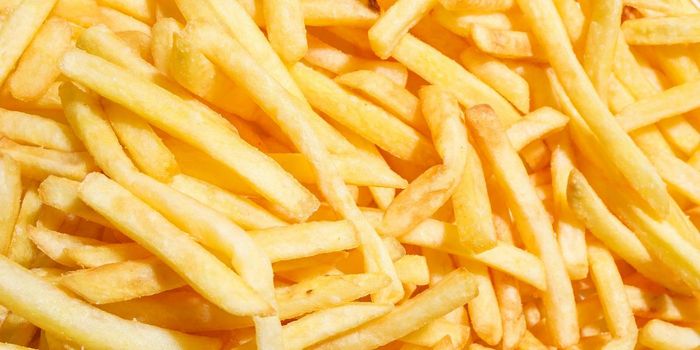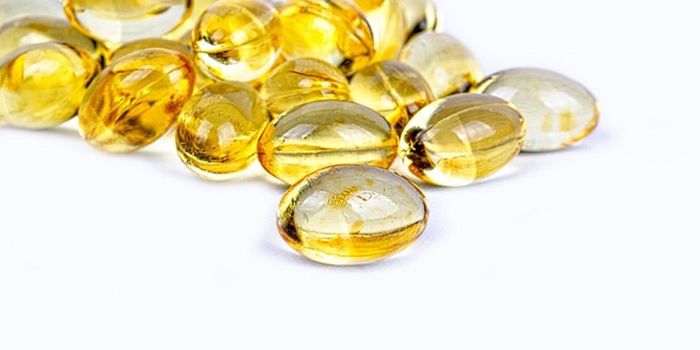Acute Kidney Injury: Classification, Diagnosis, and Management
Acute kidney injury, also known as acute renal failure, involves a rapid decrease in renal function demonstrated by a reversible increase in nitrogen waste products and creatinine monitored by serum blood urea nitrogen (BUN) and creatine levels for several hours to weeks. Because of the controversy over the defining parameters of acute kidney injury, three classifications were developed. The first was RIFLE (Stages Risk, Injury, Failure, Loss, End-Stage) created in 2002, which had specific criteria for each of the stages based on values for serum creatinine, GFR, and urine output. The Acute Kidney Injury Network (AKIN) was formed in 2004 creating the following criteria for acute kidney injury: an "abrupt (within 48 hours) decrease in kidney function defined as an absolute increase in serum creatinine of 0.3 mg/dL or more, or an increase in serum creatinine of 50% or more (1.5-fold from baseline), or a decrease in urine output (oliguria of < 0.5 mL/kg/h for >6 hours)." The AKIN provides this definition for the entire range of acute kidney injury, mild to severe. In 2012, another set of guidelines were set forth by the Kidney Disease Improving Global Outcomes (KDIGO), which also has a staging system (1, 2, 3) with its specific criteria. Fujii et al. analyzed the effectiveness of each classification strategy based on creatinine to predict hospital mortality finding that RIFLE and KDIGO to be superior to AKIN.
Risk Assessment of Acute Kidney Injury
There are a variety of factors that can contribute to acute kidney injury, and the chances of developing it due to a certain exposure vary from one individual to another. Understanding susceptibility factors have been based on observational studies addressing different factors such as type, duration, severity, and the number of exposures. It is recommended that patients who have developed acute kidney injury should be monitored continuously with serum creatinine levels until the exposure has been resolved completely. Assessment and evaluation of infection should be performed also since these patients are at high risk of developing a subsequent infection. Included in the risk assessment should be a thorough history and physical including a discussion about medications prescribed along with any over-the-counter, herbal remedies, and supplements taken. Guidelines for nutritional management recommend that “observations in critically ill patients provide a rationale to maintain a total energy intake of at least 20 kcal/kg/ day but not more than 25 to 30 kcal/kg/day, equivalent to 100 to 130% of the resting energy expenditure.” The authors also found, through a literature review, that furosemide and loop diuretics are ineffective, and possibly harmful, at preventing acute kidney injury and may actually increase the risk of mortality. The mortality rate of people with acute kidney injury not admitted to a critical care unit can be as high as 10% when only one organ is involved, but when multiple organs are affected, the rate increases to over 50%.
Prerenal Acute Kidney Injury
Prerenal acute kidney injury is essentially a normal kidney that is responding to hypoperfusion, a decreased blood supply to the kidneys, by decreasing the glomerular filtration rate (GFR). One of the major causes of this syndrome in the elderly is hypovolemia resulting from dehydration and can be due to gastroenteritis or medication such as diuretics. Recognizing this stage of renal failure is important because, at this point, it can be treated successfully most of the time, but if left untreated or if treatment is unsuccessful, it can lead to acute tubular necrosis. Patients with prerenal acute kidney injury typically present with thirst, decreased urine output, dizziness, and orthostatic hypotension. The classic symptoms of dehydration are dry mucous membranes and decreased skin turgor--the skin takes time to return to its normal position. Treatment modalities are purely supportive and maintaining volume homeostasis is of utmost importance. There are currently no therapeutic agents used in the treatment of acute kidney injury and medications such as dopamine, nesiritide, mannitol, and fenoldopam may even be harmful to the patient.
Acute Tubular Necrosis
Acute tubular necrosis is more likely to occur in patients with hypovolemia and hypotension. There are three phases to acute tubular necrosis including initiation, maintenance, and recovery. In the initiation phase, a rapid decrease of the GFR is seen with a sharp increase in serum BUN and creatinine levels. At this point, when a patient presents with severe hypovolemia and hypotension, the first intervention taken should be to initially check the serum BUN and creatinine levels as well as a comprehensive metabolic profile and a urinalysis. Next, fluid replacement should begin immediately. The maintenance phase is characterized by a sustained decrease in the GFR for a period of 1-2 weeks while the serum BUN and creatinine continue to rise. During the maintenance phase, if the patient can not keep down food or fluids, nutritional support should be offered. Finally, the recovery phase begins and tubular function is restored with increasing urine output and a slow decrease in the serum BUN and creatinine. Reassessment of the need for continued fluid replacement needs to be performed.
In acute tubular necrosis, unlike prerenal acute kidney injury, the main pathophysiological manifestation is an alteration in the renal tubules. There is tubular epithelial cell death and dysfunction in one or more of the tubular segments, which is the initiating event leading to renal impairment. Differing components link tubular damage to decreased glomerular filtration including tubular cell damage that disrupts tubular reuptake and tissue debris, dead cells, and cell residues that block renal tubules, both of which decrease the GFR. As in prerenal acute kidney injury, the treatment for acute tubular necrosis is to prevent further damage by correcting the underlying condition.
Management
The management of a patient with acute kidney injury should be based on the underlying condition such as hypovolemia and hypotension. Once in the recovery phase and fluid replacement has been terminated, monitoring of the intake of adequate fluids to ensure hydration needs to occur. In addition, nutritional support with adequate protein and calorie intake as well as supplementation with the recommended daily values of vitamins should also be initiated. In order to prevent fluid overload, the patient’s diuretic should be continued and monitored. The following are measures can ensure that the patient does not return to a situation conducive to the development of renal failure again: orthostatic blood pressure taken with the correct cuff size, daily weight monitoring, management of fluid balance, compliance with a medication regimen, and reduction in dietary sodium intake. Prevention measures though patient education will go a long way to ensure maintenance of kidney function and to encourage compliance of the treatment plan. Self-management by the patient or caregiver is critical for good patient outcomes.








